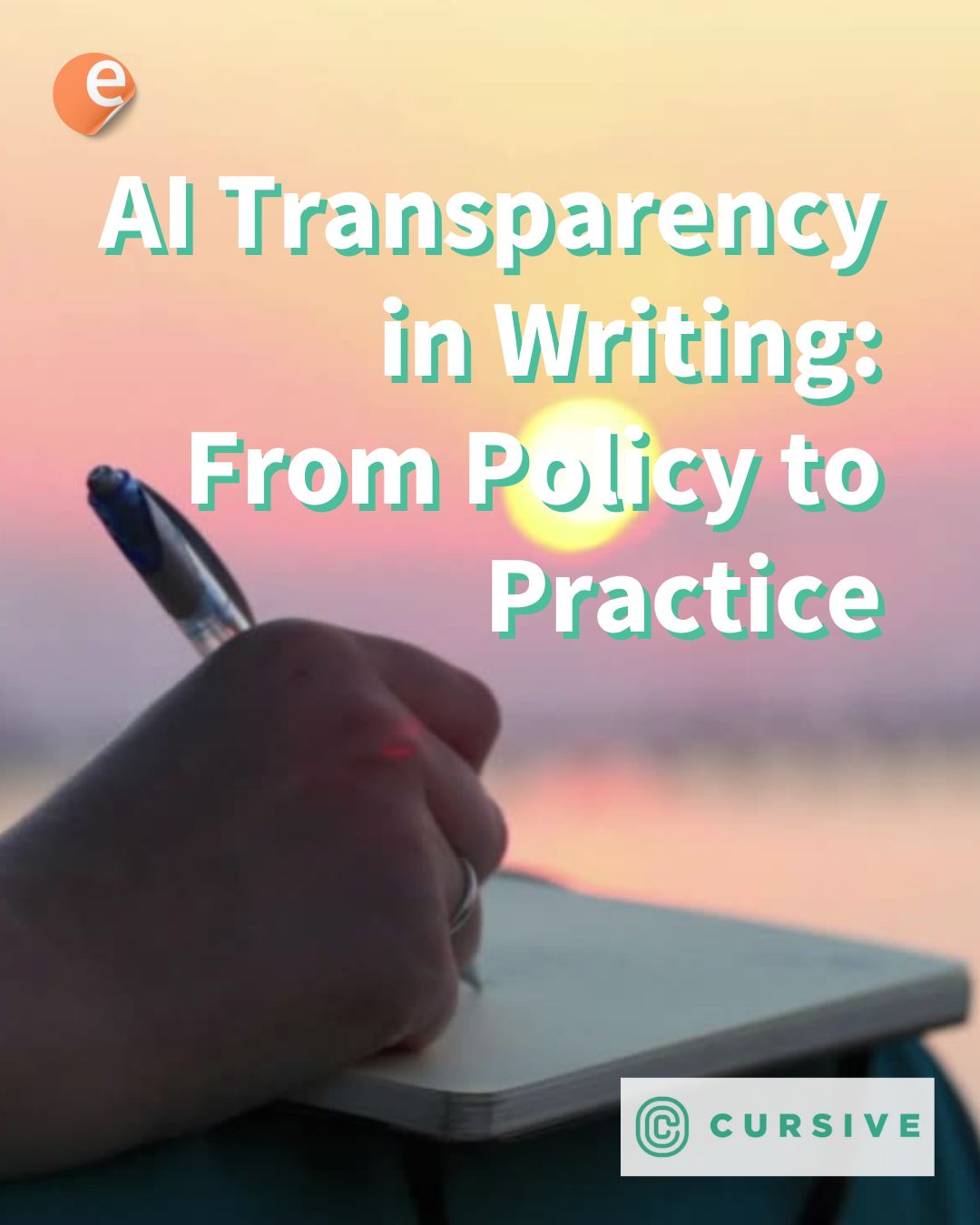Updated on December 1, 2021
The recently 2018 Pew Research Center’s “Teens, Social Media & Technology” report follows a survey of the evolving habits of teens (aged 13 to 17) in the US. The landscape differed in the 3 years prior to the report, and it continues to evolve since, but the trends are indisputable. A 2021 survey by Pew which includes all ages tells the possibly contradictory relationship between social media and the public. Facebook continues to dominate, and while it shows the smallest share of growth in the past year, it’s still positive, with 69% of respondents admitting to using it, compared to the 40% for Instagram which follows.
There is one caveat: 81% consider themselves to be YouTube users. But is YouTube a social media? Pew did not include the video site as an option before 2018, arguably due to the fact that “social features” came later on. In any case, while YouTube is home to communities, asking if you “use” a site may not always be equivalent to asking if you consider YouTube a social network.
Shares
Overall, the share of U.S. adults who say they “ever use” these sites in 2021 is:
- YouTube: 81%
- Facebook: 69
- Instagram: 40
- Pinterest: 31
- LinkedIn: 28
- Snapchat: 25
- Twitter: 23
- WhatsApp: 23
- TikTok: 21
- Reddit: 18
- Nextdoor: 13
Pew indicates that with the exception of YouTube and Reddit, which have shown substiantial new use, the shares for the others remain statistically unchanged since 2019.
When it comes to young people, ages 18-29, YouTube share reaches 95%, while Instagram manages to take over Facebook, 71 to 72%. Snapchat retains 65% of its users while TikTok reaches 48.
Facebook is no longer the main attraction. Its use (and decline thereof) seems to correlate with income, as Facebook is still being used by 70% of respondents with household income under $30,000 USD but by only 36% of those in households $75,000 or higher.
In contrast, YouTube is now essentially mandatory for teens, with 85% of respondents stating they use it, and 32% deeming it the most often used. It is worth noting that 3 years ago, Pew did not consider YouTube a choice on the survey. When it comes to the network teens use most often, the video site is second to Snapchat, the most often used by 35% of respondents and the third most popular with 69% of respondents as users.
Asked about the effects of social media, 45% of teens deemed it as “neither positive or negative,” 31% “mostly positive” and 24% “mostly negative.”
MooTube Moodlegram Moo-Tok Moodlit
Second place goes to Instagram with 72%, growing from 52% 3 years ago, when it was also second, but behind Facebook rather than YouTube. Delving into the reasons why teens use social networks (any one of them) and the positive benefits they gain, connecting with friends and family (40%), with news and current information (16%), or with people with compatible interests (15%) are the most agreed upon ones, and may determine the rationale for increasing and decreasing use going forward. Other main uses of social media are entertainment and upliftment (9%), self-expression (7%), and “getting support from others” (5%). Learning was chosen as the main positive reason by 4% of the sample.
As the survey focuses on end benefits, it provides no insight about features or interface elements that would lead a teen to choose one site over another. However, the design of the rising sites seems to contrast that of Facebook. Take Instagram. Acquired by Facebook in 2012, it has gone from an alternative to the behemoth’s most clear chance of long-term relevance. Mike Krieger and Kevin Systrom, Instagram’s co-founders and former CTO and CEO, respectively, tread carefully on the lessons Facebook’s growth teaches, outright avoiding some of the practices that led to its exponential growth early on. Some of Facebook’s renowned features unlikely to end up on Instagram include a brimming interface, an oversized number of posting content formats, and –emphatically so– the ability to share someone else’s content (“re-posting”) with just a click. While Krieger and Systrom’s predictions held mostly true, following their departure Instagram did increase the number of formats.
Far from Facebook’s record 2.8 billion users, YouTube’s 2.2 and WhatsApp 2 billion, Instagram sits at 1.3 billion users worldwide, with WeChat and TikTok following closely above the billion mark.
Above all, avoid the perils
Social media has drawbacks as well, and no app is free from them. The most recurring reasons why they can be a negative presence is bullying and rumor spreading (27%), their effect on relationships and contact (17%), unrealistic views of life, body image, and feelings of inadequacy (15%), being a source of distraction and addiction (14%), or peer pressure (12%). 4% indicated social media can cause or lead to mental health issues.
Many of these results may have something to do with the continuing rise of smartphones, owned by 95% of the survey, and never under 93% when controlled for gender, race, or income. 45% say they are almost continuously connected and 44% use it several times a day, while only 11% use it once a day or less. The survey made no distinction between social media as an outlet for “passive” content consumption and “active” sharing or broadcasting of users’ own work and creations.









3 Responses